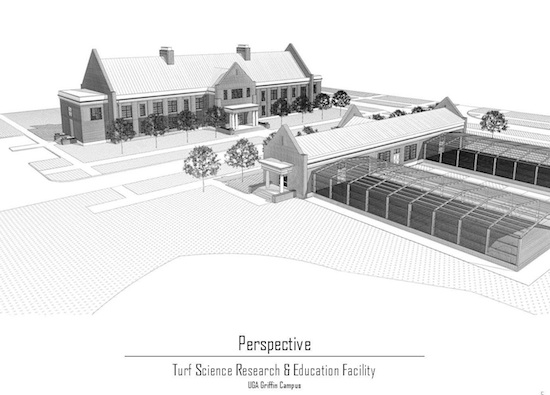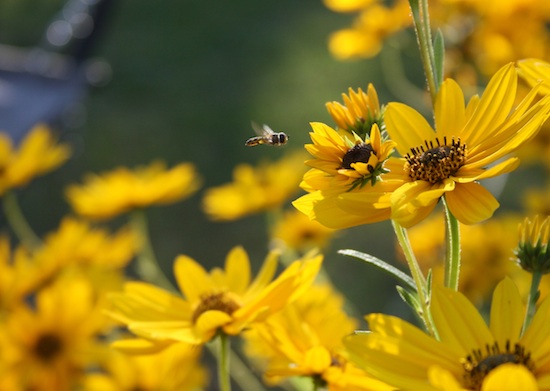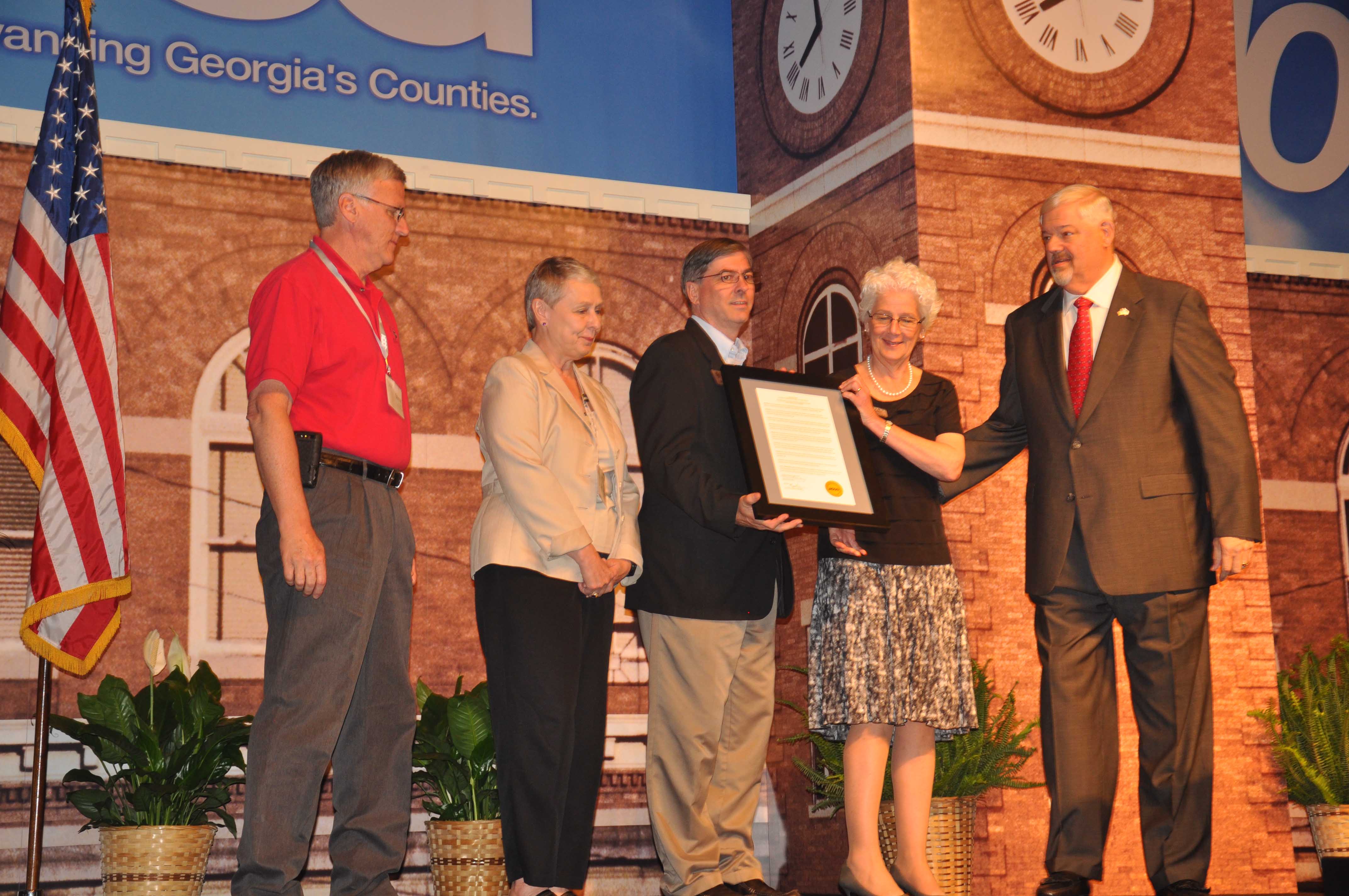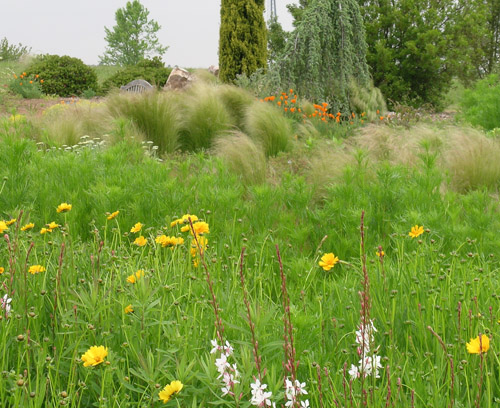 CAES News
CAES News
Wildflower Planting
Whether you plant wildflowers in huge swaths along roadsides or in tiny pocket gardens in the backyard, the vibrant colors and rich mixtures these hardy plants bring are sure to please any flower-lover’s eye and attract beneficial pollinating insects

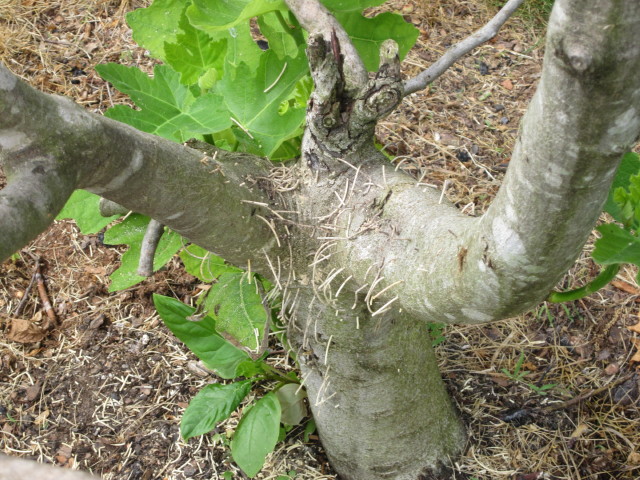
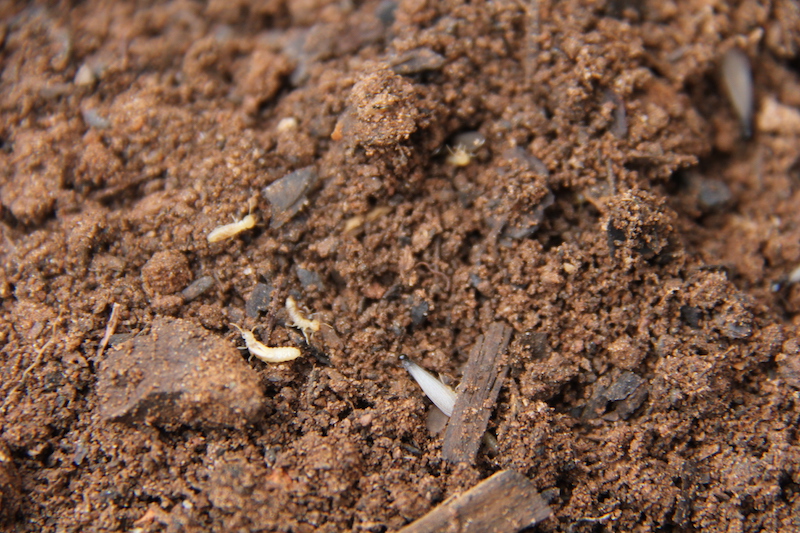
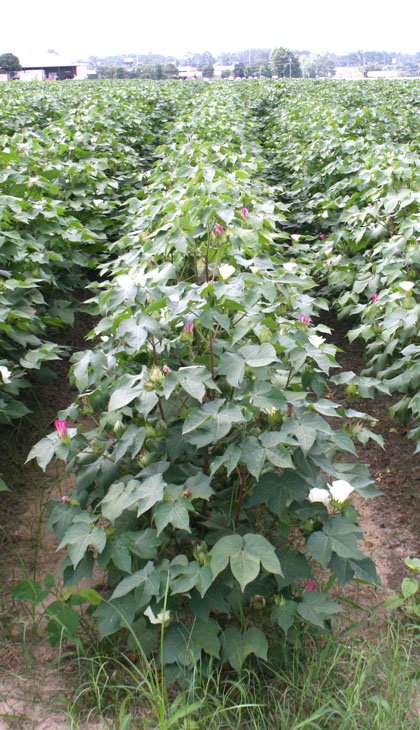
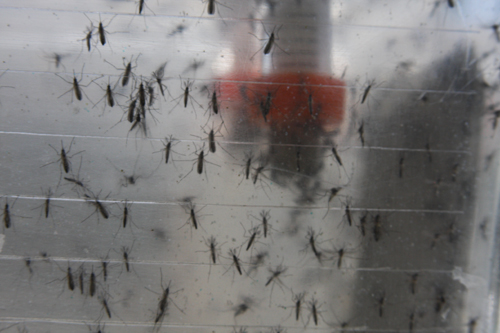
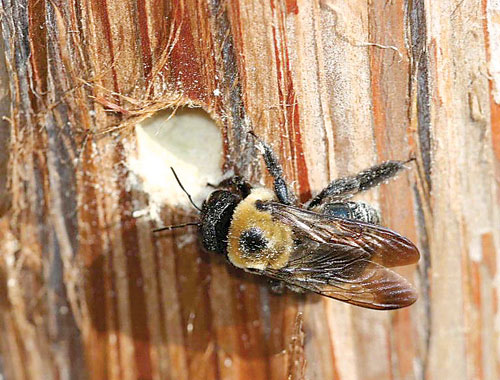
.jpg)
